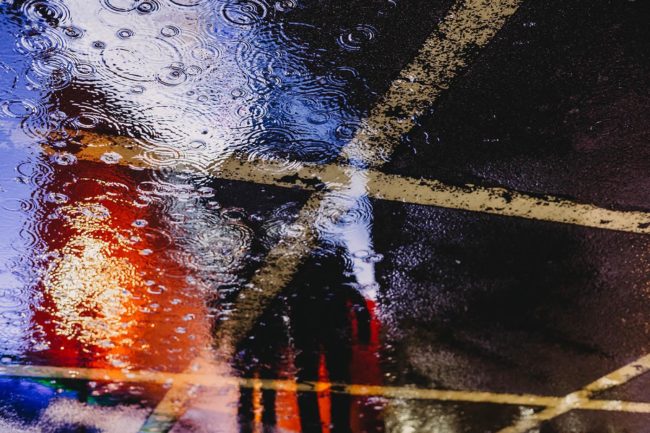Part 3: Humans Behind Homelessness
August 1 2018
Originally written for Parity Magazine June Edition.
Compiled and written by Morgan Cataldo, Lived Experience Service Development Worker, Launch Housing. Continued from Part 2 : Humans Behind Homelessness .
‘Packing up your life’: the invisible forms of homelessness
There is a consistent invisibility, even for those who experience rough sleeping — they are often hidden. Although this may be helpful for privacy, ultimately — the full extent of homelessness is unknown. The experience of homelessness exists on a continuum — it is fluid and has varying degrees of permanence and impermanence.
‘You don’t always physically see the people who are sleeping rough. Packing up your life belongings and constantly moving them, having to relying on services to access your basic needs.’
‘Having time for myself’: seeking privacy in public spaces. What is often unacknowledged is the ways those experiencing crisis are forced to spend their time, with little to no access to resources or money, and a continuous search in obtaining basic needs.
When experiencing homelessness, there are a great deal of obstacles for those to get by day-to-day, including and especially trying to find public spaces where some kind of peace can be had. It is crucial, especially for those in crisis, to spend time doing activities that are somewhat enjoyable and meaningful, and being able to have down time — rather than spending every ounce of energy purely surviving.
‘I could make a cup of tea in a café last for three hours.’
(Image: attributed Joshua K. Jackson Unsplash)
‘I would read the paper to pass time. I’d pretty much read the whole paper from front to back and put so much focus into it because it was something to do.’
Marginalised Identities and Compounding Issues LGBTQ people often have complex and interacting pathways to homelessness.
These are driven by unique vulnerabilities around experiences of family rejection, discrimination, and marginalisation. These issues need specific policy and service responses.
‘Living in high-risk dwellings with no family support. Incredible amounts of emotional, mental and psychological distress. You learn not to trust people. I have a friend who is a trans woman and is currently experiencing homelessness. She is really struggling.’
The ongoing and everlasting effects of homelessness are devastating and something not always accurately captured by research reports and statistical analysis. We believe in the strength and ability of every person who has experienced homelessness, and also believe that as a sector we should seek not to forget the human indignity of having to experience it at all.
Ultimately, we strongly believe that we, as a community and a sector, must move away from punitive action that acts to further compound indignity, towards more compassionate approaches to those experiencing homelessness.
Providing respect and accessibility to basic needs to those who have been shown so little helps to restore dignity, and assists with having a sense of ownership and autonomy — rather than being punished for circumstance.
The insights from this blog are from our Lived Experience Advisory Group (LEAG) who have each experienced homelessness in its various forms. The members have chosen to publish this article under the LEAG banner, keeping their individual identities in relation to specific quotes anonymous.


